 article icon
article icon
Science, Maths & Technology
Direct metal deposition (DMD)
Heat is generated using a focused heat source of various kinds, sufficient to melt the surface of the substrate and form a small melt pool. Material is added to the melt pool using a focused powder stream or a wire feed system to form a raised portion of material. To create the desired geometry, the substrate is manipulated using a ...
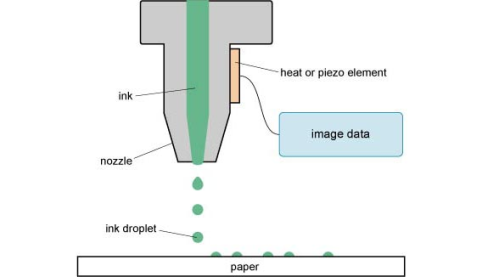 article icon
article icon
Science, Maths & Technology
3D printing
Although often used as a blanket term for additive manufacturing, 3D printing is a technique where a print head is used to control the deposition of polymer on a substrate drop by drop.
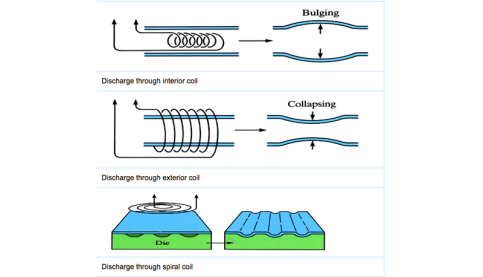 article icon
article icon
Science, Maths & Technology
Magneform (electromagnetic assembly and forming)
A high energy rate, cold forming technique that reshapes metals without physical contact. When an electric current generates pulsed opposing magnetic fields near the metal, a controllable pressure is created.
 article icon
article icon
Science, Maths & Technology
Injected metal assembly (Liquid riveting)
This refinement of die casting is a simple joining/assembly technique where components are accurately positioned and metal is injected into the cavity between the components and a die, solidifying almost instantaneously. The join, which may be stronger than the component itself, depends on the mechanical locking action and shrinkage of the ...
 article icon
article icon
Science, Maths & Technology
Fasteners
Mechanical joining using hardware devices to fasten two or more parts together, e.g. nuts and bolts, screws, rivets or mechanical interlocks.
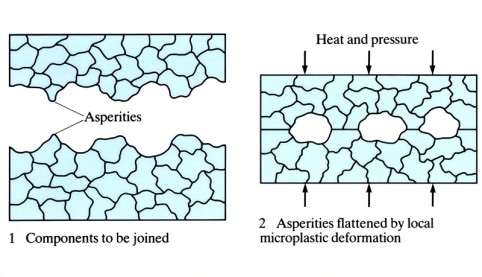 article icon
article icon
Science, Maths & Technology
Diffusion bonding (SPF/DB or form bonding)
A solid state welding process where two surfaces are bonded together, over time, using heat and pressure, usually under vacuum or inert gas to avoid contamination. Used for metals that are hard to weld by conventional fusion welding. Filler metal is not needed, because atoms from each surface diffuse into each other to create the bond.
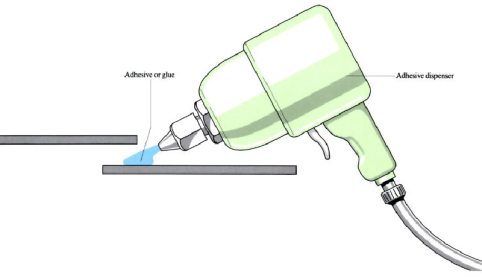 article icon
article icon
Science, Maths & Technology
Adhesive bonding
Adhesive bonding uses an adhesive material, or glue, to join a wide range of dissimilar materials. The glue does not generally react with the materials being bonded.
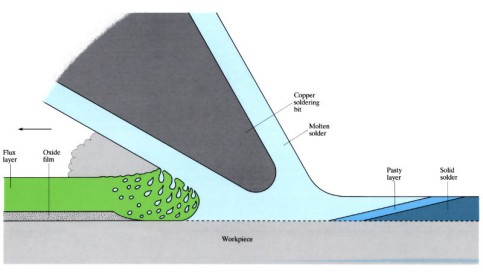 article icon
article icon
Science, Maths & Technology
Soldering
The workpiece material is not melted as in welding, but metal parts are joined using filler metals that have a melting point below 300°C. The molten filler metal is drawn into the weld gap by capillary attraction, eventually solidifying to form the bond. There are various ways to apply the heat.
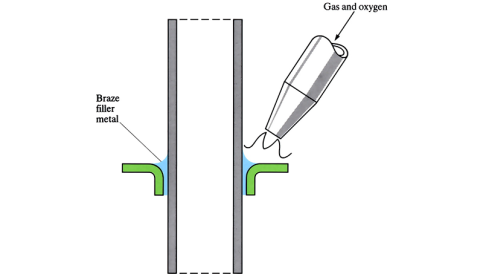 article icon
article icon
Science, Maths & Technology
Brazing
The workpiece material is not melted as in welding, but metal parts are joined using filler metals that have a melting point above 450°C, but below the melting point of the materials being joined. The molten filler metal is drawn into the weld gap by capillary attraction across the joint, eventually solidifying to form the bond. There are ...
 article icon
article icon
Science, Maths & Technology
Plasma arc welding
Welding is initiated by an electric arc transferred from a torch body to the workpiece, via a high temperature, high velocity plasma jet forced through a constricting nozzle. Hence, delivering a high concentration of heat to a very small area, to melt the weld material and fuse the weld joint.
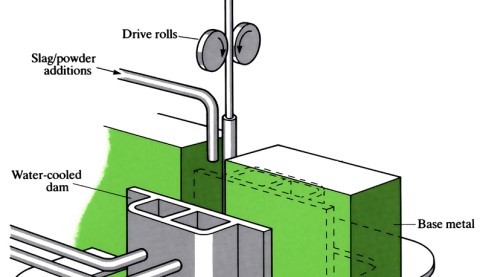 article icon
article icon
Science, Maths & Technology
Electro-slag welding
Heat is generated by an electric current, via flux covered electrode wire, which passes through conductive liquid slag sitting in the weld gap. Melted material from the workpiece amalgamates with molten flux, to form the weld joint.
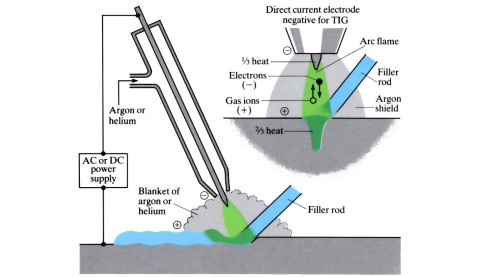 article icon
article icon
Science, Maths & Technology
Gas shielded arc welding processes (TIG/MIG/MAG)
Welding is initiated by an electric arc between a tungsten electrode and the metal to be joined. The arc melts the metal, whilst shrouding it in a cloud of argon, helium gas or carbon dioxide, to shield the weld from contaminants in the atmosphere. Extra filler metal can be added by using a separate filler rod.